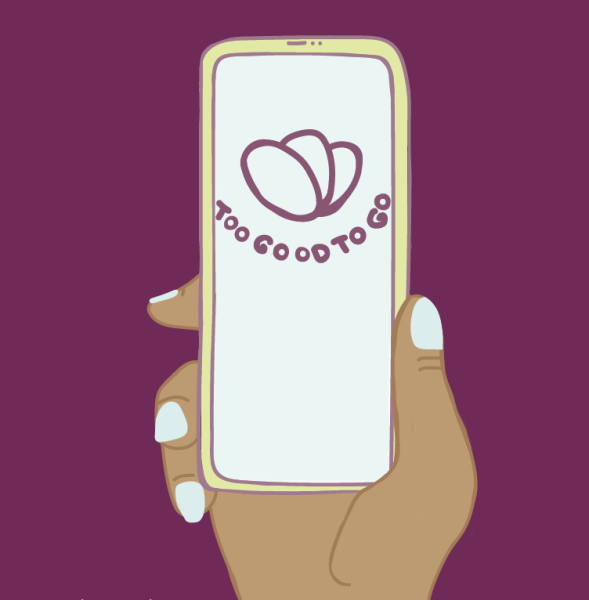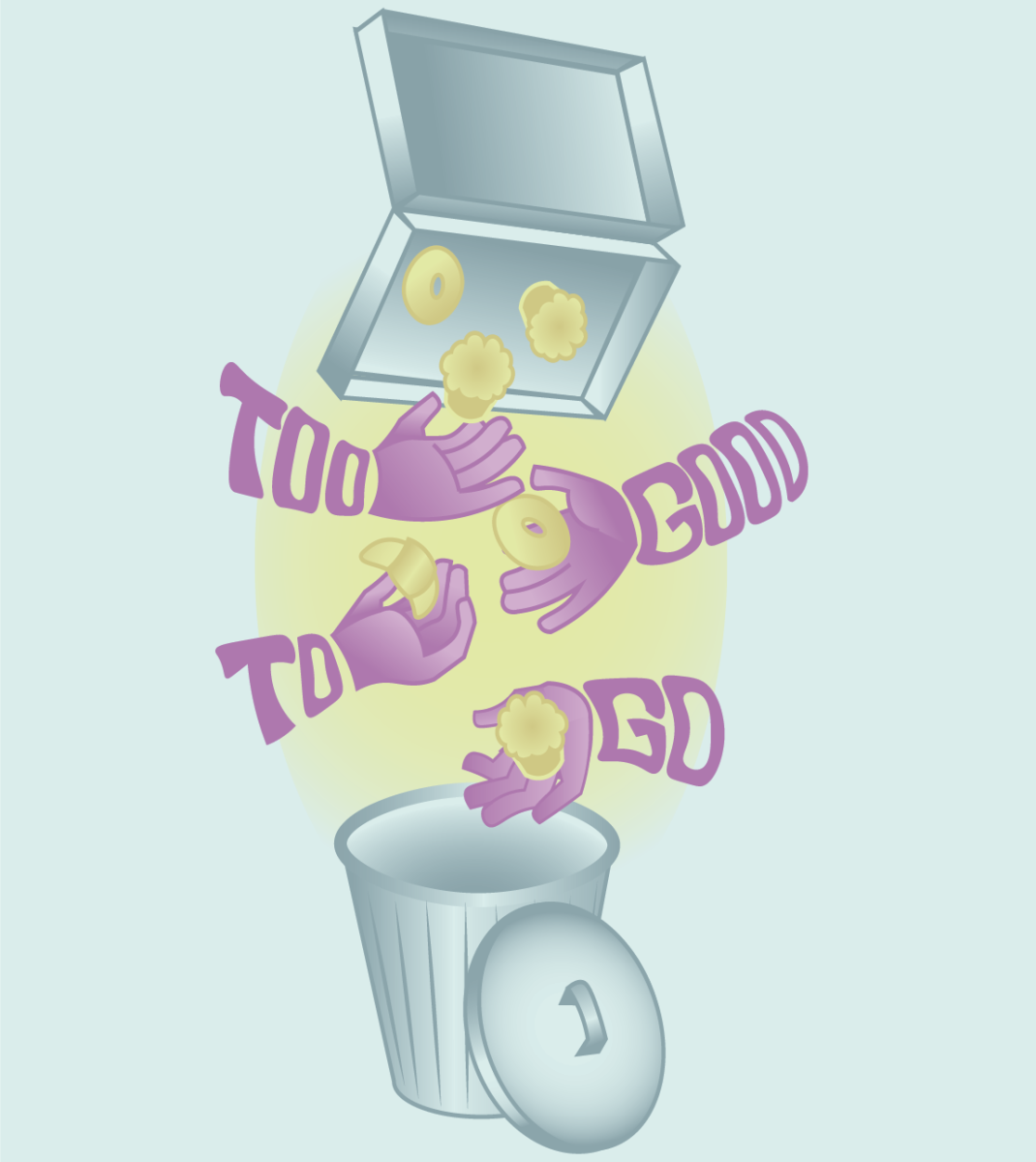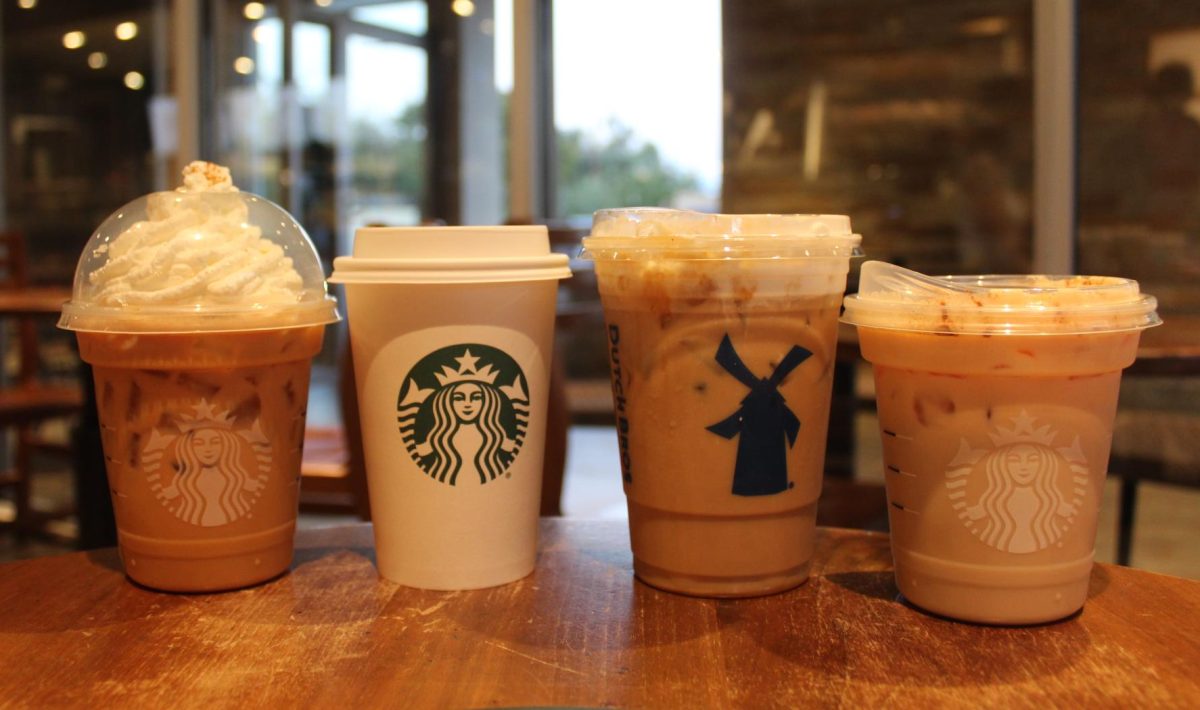We are all affected by food waste.
It’s a prevailing issue worldwide, with around 2.5 billion tons of food wasted annually. According to Recycle Track Systems (RTS) in the U.S. alone, restaurants are responsible for around 22-33 million tons of that total.
The impact of this waste is more than just financial. Social, environmental, and ethical concerns surround this misuse of sustenance.
The cost of food in America is on a slow increase and the effects are long lasting. Many families consistently struggle to find nutritional foods at reasonable prices. A recent study by RTI Health Advance found that low-income families spend over 30% of their income on food.
The environment is also put at risk. When we waste consumable products, we also waste the natural resources like energy and water required to produce it.
So, food waste is bad. That sentiment isn’t often a point of contention.
However, serious concerns are often neglected or intentionally ignored due to their severity and complexity. With large global concerns such as food waste, it is difficult to bring attention to complicated issues without overwhelming the public by the sheer amount of work to be done.
How do you gather attention before people become overwhelmed with the sheer amount of work to be done?
This month I focused on an app that is trying to inspire people to take on food waste.
Too Good to Go is an organization that is paving the way for a more sustainable future. It was founded in 2015 in Denmark and now operates on a global scale, even reaching across Europe, Canada, and the U.S.
It works like this: you download the app, enter your location, and find surprise packs of food near you. The fees range from $3-$11 and saves food that otherwise would have gone to the dumpster. In the morning, restaurants post their prices and wait for customers to start buying.
The process is simple

By the afternoon, most online packages are gone. There are usually a few sweet options left like Shipleys or Tiff’s Treats. The limited selection could be perceived as a potential downside for those who want more options or prefer to shop later in the day.
Customers that plan ahead and order early in the day often have a much wider variety and are able to effectively supplement their standard shopping.
The sign-up process for restaurants is also very easy, the app makes it simple and clear. You can also recommend your favorite restaurants to participate through the app.
Too Good to Go partners with brands like Whole Foods, Starbucks, and Waterloo Ice House by offering you the things you love at a reduced price, giving a new life to the food that otherwise would have been wasted.
It’s also a positive experience for the restaurants and businesses involved with the app. These restaurants get the opportunity to sell food with a limited shelf life while reaching their sustainability goals.
Companies’ involvement with the app also shines well on them. It’s a good look to be a part of cutting global emissions and doing your part for the ongoing climate crisis.
But how does the app perform?
For functionality, Too Good to Go is an almost seamless process. The app is extraordinarily uncomplicated and easy to navigate. You have the option to favorite a company or order, and the sleek color palette of the app shows cohesion and an understanding of what the buyer wants.
But what is the process itself like?
I decided to test it.
Ordering was easy enough, you just pick a bag that interests you and plug in your information and payment type. At this time, Too Good to Go accepts PayPal, Apple Pay, or a credit or debit card.
For my first experience with Too Good to Go, I chose Tiff Treats to review both the process and quality.
Pick-up is straightforward. You let the restaurant know when you arrive and they retrieve a bag with your food from the back. Every order is a surprise so the amount changes, but I got nine different cookies. The quality was good, they tasted like the high-quality treats that Tiff’s is known for.
This review is not for the cookies themselves, but rather for the app and its quality. The idea of surprise bags is quite fun, and the plan behind it is admirable.
One of the few drawbacks concerns dietary restrictions It’s impossible to navigate dietary restrictions because of the surprise element of the bags. Anyone who is lactose intolerant or gluten-free doesn’t have the option to order a bag that aligns with their needs, which makes the app difficult to use for 20-35% of the US population with a gluten or dairy intolerance, not to mention any other dietary restrictions.
They do have a filter for vegetarian or vegan options so there isn’t that restriction, but there are still ways to improve reach and accommodations.
Another factor is the amount of food. Sometimes it can be too much. Especially if you’re ordering for one, the quantity of your order can seem daunting. This isn’t necessarily a critique of the app itself, just be prepared to share with classmates, friends, or family members.
Ultimately, food in America is wasted on a massive scale and the problems with the app are far outweighed by the difference that an app like this has the potential to make.
The good reviews speak for themselves, Too Good to Go is winning the hearts of consumers worldwide.
The cookies I ordered were delicious and the app is easy to use. If you have the chance, check it out.









